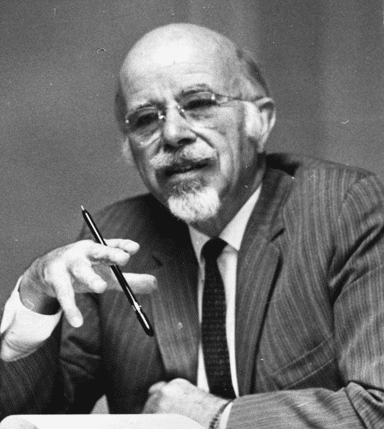Related Articles
How Valid Is Receptivity in Determining Mission Strategy?
Church growth theory, as elaborated by some of its proponents, has continued to arouse opposition.
Celebrating Donald A. McGavran: A Life and Legacy
McGavran was a prolific writer of letters, articles, and books, as well as a world traveler. No one, to my knowledge, has visited as many mission fields, conducted as many interviews, or researched the growth and decline of Christian churches as widely as McGavran. He influenced mission theory and practice internationally and the movement he started continues to move forward, empowered by appreciative followers.
Welcoming the Stranger
Presenter: Matthew Soerens, US Director of Church Mobilization, World Relief Description: Refugee and immigration issues have dominated headlines globally recently. While many American Christians view these…
What Mcgavran’s Church Growth Thesis Means
0ne of the most provocative and stimulating attempts in recent years at appraising present-day missionary methods is that by Dr. Donald Anderson McGavran, former missionary to India and now dean of the new Fuller School of World Mission and Institute of Church Growth, Pasadena, Calif.
What Mcgavran’s Church Growth Thesis Means
0ne of the most provocative and stimulating attempts in recent years at appraising present-day missionary methods is that by Dr. Donald Anderson McGavran, former missionary to India and now dean of the new Fuller School of World Mission and Institute of Church Growth, Pasadena, Calif.


